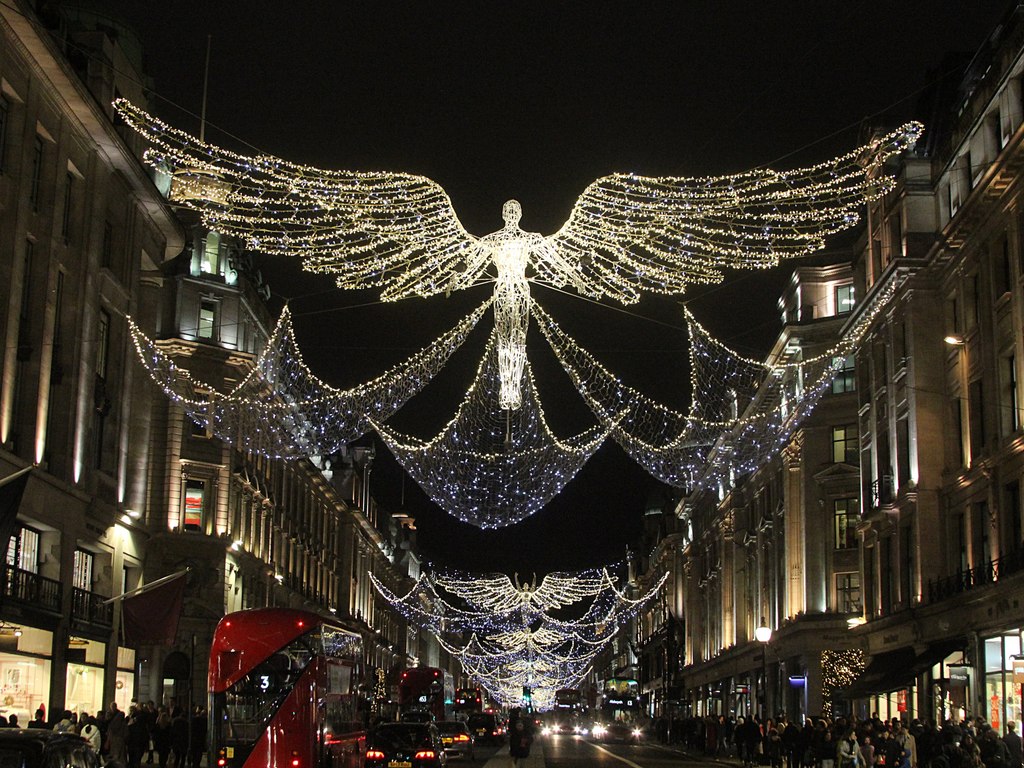London’s Natural History Museum is one of those magical places that can capture anyone’s heart, from curious kids to history lovers. Walking through the museum feels like a journey back in time and across continents, immersing visitors in the awe-inspiring wonders of our planet.
When I first arrived, I was greeted by the museum’s grand Victorian façade, which sets the tone for the journey inside. With towering arches and intricate stonework, the exterior itself feels like an invitation to step into history.
The Awe-Inspiring Hintze Hall
As you enter, the Hintze Hall welcomes you with its stunning architecture and an unforgettable sight—a gigantic blue whale skeleton suspended from the ceiling. The space is vast and feels almost sacred, reminding you of the ancient life that once thrived on Earth. The museum’s carefully placed lighting highlights every detail, giving a dramatic effect that only enhances the experience.
Many people pause here for a while, simply to take it all in. Hintze Hall is a place to reflect on nature’s vastness before you dive into the specific exhibits.
Dinosaur Encounters: Meeting the Giants of the Past
One of the most popular sections is the dinosaur exhibit, where kids and adults alike find themselves face-to-face with lifelike models of creatures from millions of years ago. The animated T-Rex, for instance, roars and moves, drawing gasps from the crowd. The fossils, bones, and interactive displays make this area feel incredibly real.
I was particularly moved by the sheer size of these fossils and the sense of history they represent. It’s one thing to read about dinosaurs; it’s entirely another to stand beside a Triceratops skull and imagine what life was like in prehistoric times.
Exploring the Earth Galleries
Moving from the ancient to the elemental, the Earth Galleries offer a deeper dive into the very building blocks of our world. This section explores volcanoes, earthquakes, minerals, and gemstones. Here, I learned about the forces that shape our planet and marveled at rare crystals that glitter under soft lights.
One interactive feature lets visitors experience the sensation of an earthquake—a powerful reminder of nature’s unpredictable side. The exhibits here make geology come alive, showing visitors how essential Earth’s resources are to our daily lives.
The Diversity of Life: Wildlife Garden and Darwin Centre
For nature lovers, the Wildlife Garden is a delightful surprise. Nestled outdoors, this peaceful space is home to native British plants, birds, and insects. It’s a wonderful break from the indoor exhibits and gives a glimpse into the museum’s commitment to conservation.
Then there’s the Darwin Centre, a treasure trove for those interested in biodiversity. This modern facility houses millions of plant, insect, and fish specimens. Walking through the transparent storage walls, you get a rare view of scientific research in action. And if you’re lucky, you might even get to chat with a researcher about their latest discoveries.
Ancient Worlds: The Human Evolution Exhibit
The Human Evolution exhibit takes you through the journey of our species. The carefully curated displays show how humans evolved over millions of years, adapting to a changing world. From ancient tools to early human skulls, the artifacts tell a story of survival, resilience, and creativity.
This area made me ponder our connection to other species and the long, intricate history that led to modern humans. The exhibits are engaging yet informative, blending science with storytelling in a way that feels both educational and deeply personal.
Useful Tips for Visiting the Museum
If you’re planning a visit, here are a few tips to make the most of it:
• Arrive Early: The museum opens at 10 a.m., and arriving early can help you explore more with fewer crowds.
• Wear Comfortable Shoes: With so much to see, you’ll be on your feet for hours.
• Check for Special Exhibits: There’s always something new to discover, from live talks to rotating exhibits.
• Stop by the Souvenir Shop: The museum’s shop has a fantastic selection of educational toys, books, and keepsakes.
Final Thoughts on a Day at the Natural History Museum
Visiting the Natural History Museum is more than just a day out—it’s a journey through Earth’s history. Each exhibit, from the smallest crystal to the massive dinosaur bones, tells a part of the story that connects us all. Walking out of the museum, I felt a renewed respect for nature and a greater sense of wonder for the world around us.
The Natural History Museum is a must-visit for anyone coming to London. It’s a place that blends knowledge with inspiration, bringing history to life in a way that leaves a lasting impact.


